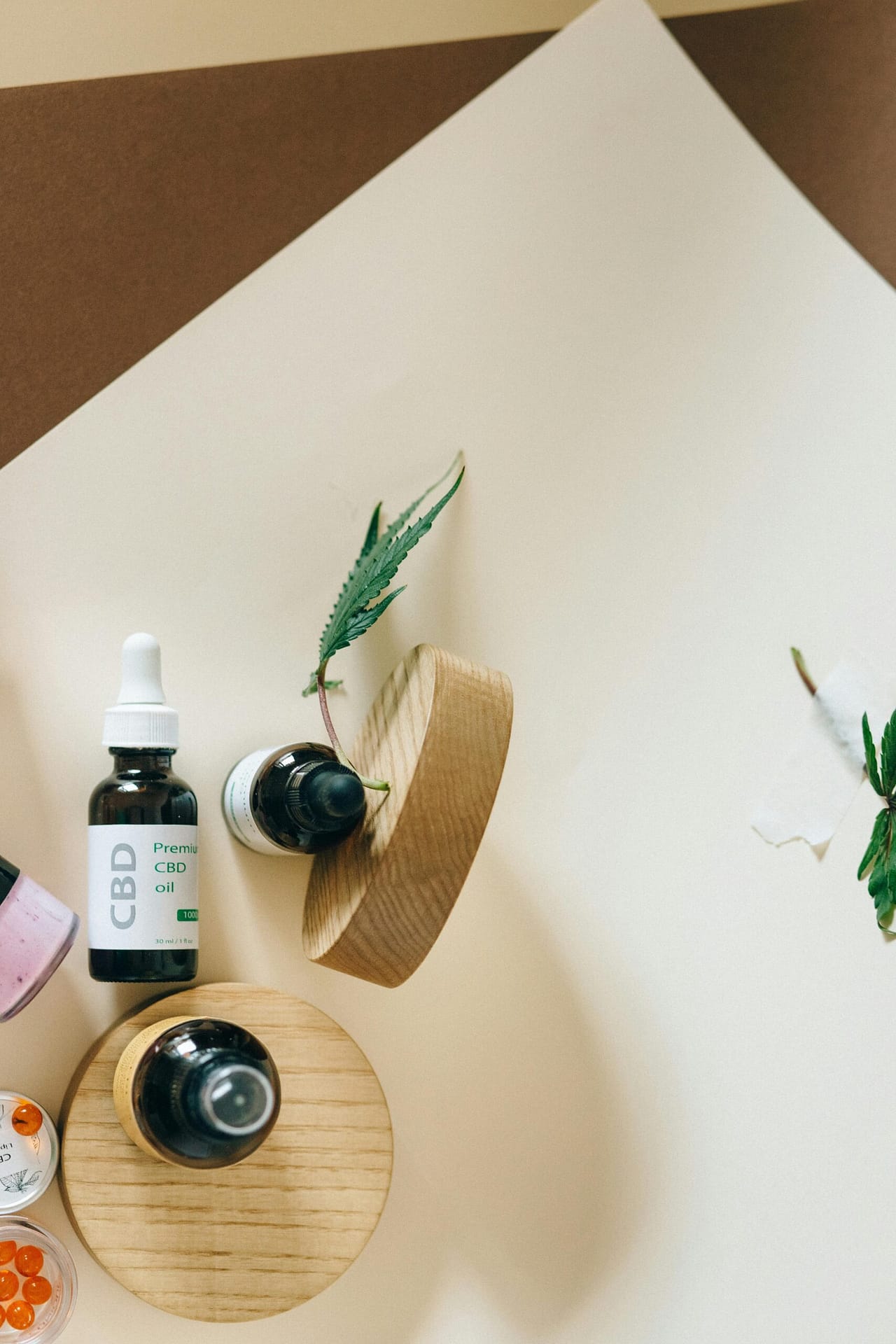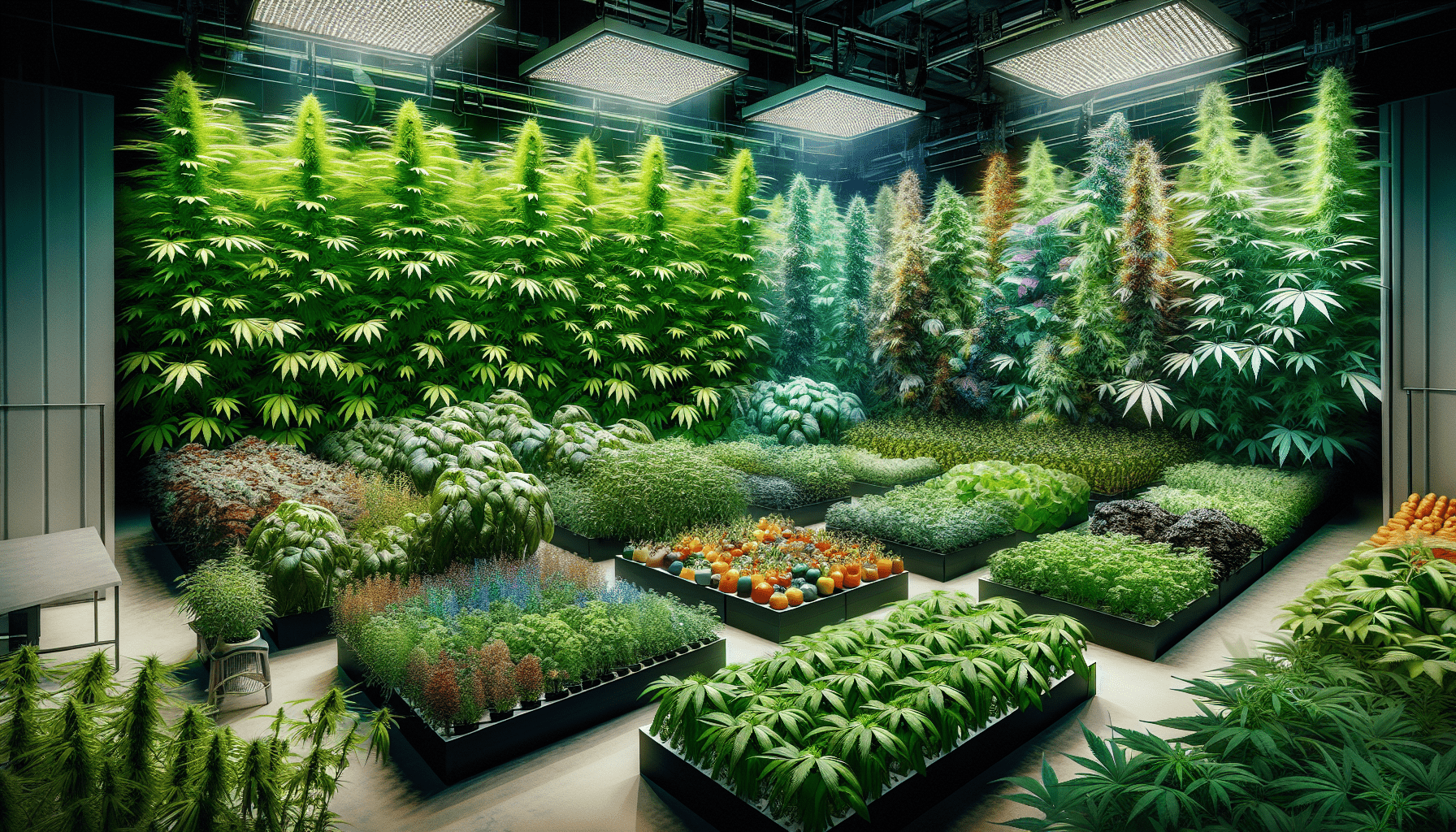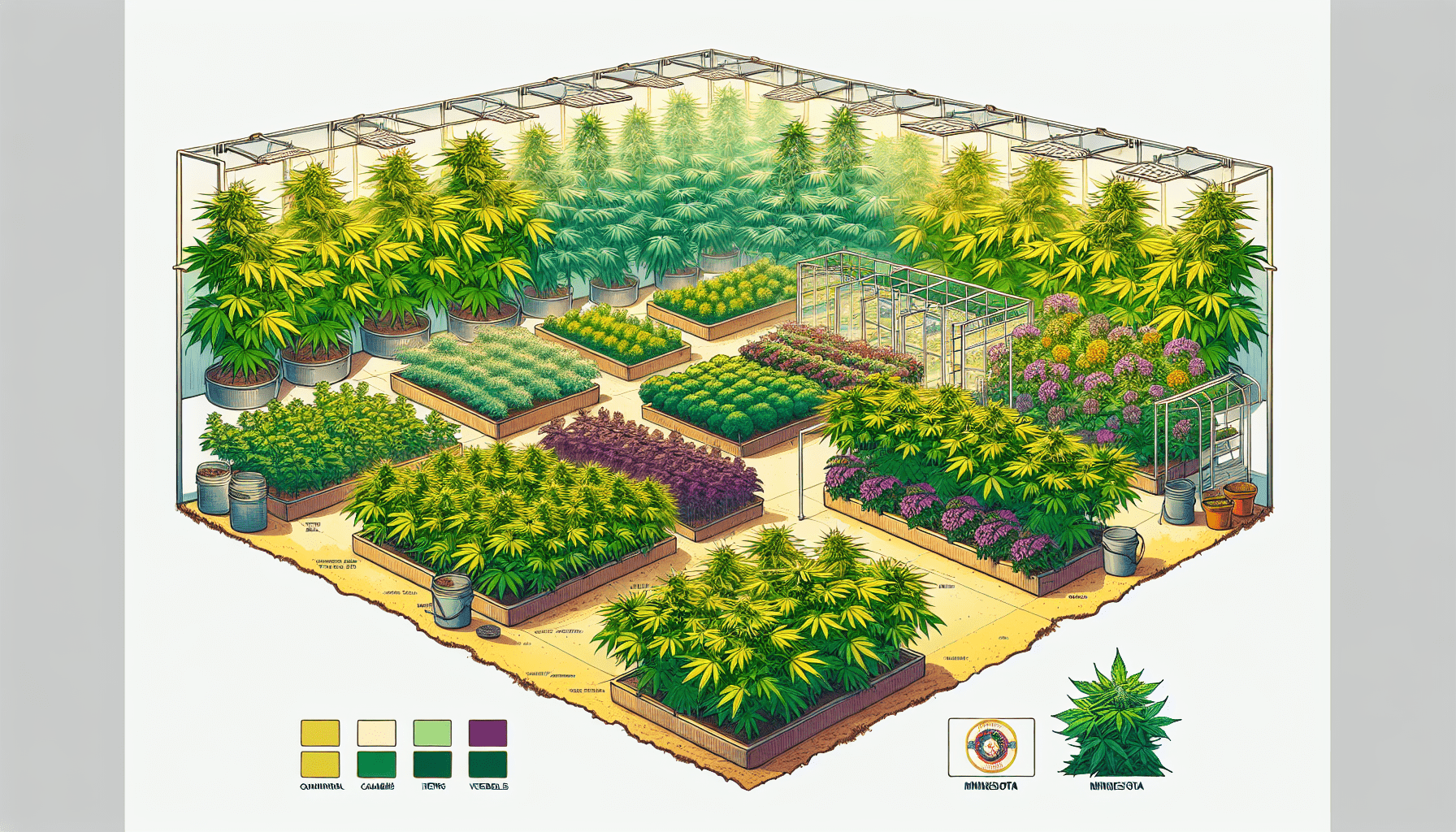How To Start A Commercial And Personal Grow In Minnesota?
So, you’ve decided that you want to start a commercial or personal grow in Minnesota. That’s great! Whether you are looking to grow for personal or commercial reasons, there are regulations and steps that you need to follow to ensure that you are in compliance with the law. In this guide, we will walk you through the process of starting a commercial and personal grow in Minnesota.
Commercial Grow: Getting Started
Starting a commercial grow operation in Minnesota is a bit more complicated than starting a personal grow. Before you can begin growing, you need to obtain the necessary licenses and permits. Additionally, you will need to adhere to strict regulations set by the state. Here are some steps to get you started:
1. Obtain a Commercial Grow License
The first step in starting a commercial grow in Minnesota is to obtain a commercial grow license from the Minnesota Department of Agriculture. To apply for a license, you will need to fill out an application, pay a fee, and provide information about your grow operation. The department will review your application and determine if you meet the requirements to receive a license.
2. Secure a Growing Facility
Once you have obtained your commercial grow license, you will need to secure a suitable growing facility. The facility must meet certain requirements set by the state, including adequate lighting, ventilation, and security measures. Make sure to choose a location that is zoned for commercial cultivation and meets all state regulations.
3. Purchase Equipment and Supplies
Next, you will need to purchase the necessary equipment and supplies to start growing your plants. This includes lighting, HVAC systems, irrigation systems, and growing mediums. It is important to invest in high-quality equipment to ensure the success of your grow operation.
4. Develop a Growing Plan
Before you start planting, it is important to develop a growing plan. This plan should outline your cultivation methods, plant care schedule, and pest control strategies. Having a well-thought-out plan will help you stay organized and ensure the success of your grow operation.
Personal Grow: Getting Started
If you are looking to start a personal grow in Minnesota, the process is less complicated than starting a commercial grow. While there are still regulations that you need to follow, you do not need to obtain a license to grow for personal use. Here are some steps to get you started:
1. Determine Your Growing Space
The first step in starting a personal grow is to determine where you will be growing your plants. Whether you choose to grow indoors or outdoors, make sure that you have enough space to accommodate your plants and that the space receives adequate light.
2. Purchase Seeds or Clones
Once you have determined your growing space, you will need to purchase seeds or clones to start your grow. Make sure to choose high-quality genetics from a reputable source to ensure the success of your plants. You can also consider purchasing feminized seeds to guarantee that your plants will be female.
3. Set Up Your Growing Space
After purchasing your seeds or clones, it is time to set up your growing space. This includes installing lighting, ventilation, and irrigation systems, as well as selecting a growing medium. Make sure that your space meets the requirements set by the state for personal cultivation.
4. Implement a Growing Schedule
To ensure the success of your personal grow, it is important to implement a growing schedule. This should include watering, feeding, and pruning your plants according to their specific needs. Regularly monitor your plants for any signs of pests or disease and address any issues promptly.
Regulations and Compliance
Whether you are starting a commercial or personal grow in Minnesota, it is important to understand and adhere to state regulations. Failure to comply with these regulations can result in fines, penalties, or even the loss of your license. Here are some key regulations that you need to be aware of:
Commercial Grow Regulations
- All commercial growers in Minnesota must obtain a license from the Minnesota Department of Agriculture.
- Commercial growers are required to adhere to strict security measures to prevent theft or diversion of plants.
- Cultivation and processing facilities must meet certain zoning and building code requirements set by the state.
Personal Grow Regulations
- Personal growers in Minnesota are limited to a certain number of plants for cultivation.
- Cultivation must take place in a secure, enclosed space that is not visible to the public.
- Personal growers are prohibited from selling or distributing their products to others.
Cultivation Tips
Whether you are a commercial or personal grower, there are certain cultivation tips that can help you maximize the success of your grow operation. Here are some tips to keep in mind:
1. Start with High-Quality Genetics
The foundation of a successful grow operation is high-quality genetics. Make sure to choose seeds or clones from a reputable source with a proven track record. Healthy genetics will result in healthy plants with high yields.
2. Maintain Proper Environmental Conditions
Plants are sensitive to their environment, so it is important to maintain proper temperature, humidity, and airflow in your grow space. Investing in a good HVAC system and ventilation will help you create the ideal conditions for your plants to thrive.
3. Monitor Nutrient Levels
Proper nutrition is essential for plant growth and health. Make sure to monitor the nutrient levels in your growing medium and adjust your feeding schedule accordingly. Over- or under-fertilizing can lead to nutrient deficiencies or toxicities, so it is important to find the right balance.
4. Stay Vigilant Against Pests and Disease
Pests and disease can quickly decimate a crop if left unchecked. Implement a pest management plan that includes regular inspections, preventative measures, and organic pest control treatments. Early detection and intervention are key to keeping your plants healthy.
Harvesting and Processing
Once your plants have reached maturity, it is time to harvest and process your crop. Proper harvesting and processing techniques are essential to preserving the quality and potency of your plants. Here are some tips for a successful harvest:
Harvesting Techniques
- Harvest your plants when the trichomes have reached their desired level of maturity.
- Use sharp scissors or pruning shears to cut the branches cleanly, taking care not to damage the buds.
- Hang your branches upside down in a dark, well-ventilated space to dry slowly over a period of 7-10 days.
Processing Methods
- Once your plants are dry, trim off any excess leaves and stems to expose the buds.
- Cure your buds in glass jars for at least 2-4 weeks, opening the jars periodically to release excess moisture and promote proper curing.
- Store your cured buds in a cool, dark place away from light, heat, and humidity to preserve their freshness and flavor.
Conclusion
Starting a commercial or personal grow in Minnesota can be a rewarding endeavor, but it requires careful planning, attention to detail, and adherence to state regulations. By following the steps outlined in this guide, you can set yourself up for success and ensure the health and vitality of your plants. Remember to start with high-quality genetics, maintain proper environmental conditions, monitor nutrient levels, and stay vigilant against pests and disease. With dedication and perseverance, you can cultivate a successful and thriving grow operation in the Land of 10,000 Lakes.





